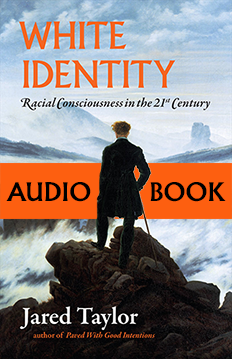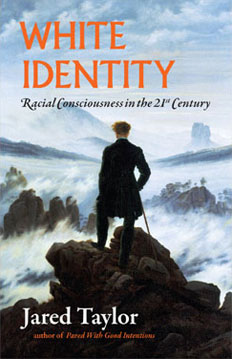Is Math Racist? New Course Outlines Prompt Conversations About Identity, Race in Seattle Classrooms
Elise Takahama, Seattle Times, October 8, 2019
{snip}
Seattle schools are in the process of developing ethnic-studies frameworks for different subjects, including social studies and art.
Other states, including Vermont, Oregon and California, are already creating K-12 materials that prioritize the experiences of communities of color. But while some school districts are only building stand-alone ethnic-studies classes, Seattle is also rethinking existing courses to be taught through an anti-racist lens.
In a U.S. history class, for example, histories of oppression, institutionalized racism, community organizing and resistance can be worked into the lesson plan, said Wayne Au, a professor at the University of Washington, Bothell, who has helped lead Seattle’s ethnic-studies initiative.
In math, lessons are more theoretical. Seattle’s recently released proposal includes questions like, “Where does Power and Oppression show up in our math experiences?” and “How is math manipulated to allow inequality and oppression to persist?”
Several online critics voiced their disapproval last week, insisting that Seattle schools were trying to politicize a subject that often serves as a universal language with clear, objective answers.
{snip}
A 2016 Stanford University report looked at ethnic-studies classes in San Francisco high schools and found that attendance increased by 21% and GPA increased by 1.4 grade points. There were significant effects on GPA specific to math and science, the study said, and boys and Hispanic students improved the most.
{snip}
It’s not that the formulas and equations taught in current math classes are racist, Castro-Gill said — it’s about how they’re used in daily life.
“Nowhere in this document says that math is inherently racist,” she said. “It’s how math is used as a tool for oppression.”
One example teachers might mention in an ethnic studies math class, she said, is how black voters in the South were given literacy and numeracy tests before they could cast their ballot. Another might be a lesson on ratios that discusses disproportionate incarceration rates and how the weight of a type of drug determines the length of a sentence.
{snip}
“Increasingly, our demographics are [majority] students of color … And the data are telling us that we’re not serving them and we’re not meeting their needs,” Castro-Gill said.
Last year, 72.9% of Seattle students of color graduated on time, compared with 87.9% of white students, according to annual statistics from the state Office of Superintendent of Public Instruction. Students of color, particularly Native Hawaiian/Pacific Islander, black/African American and American Indian/Alaskan Native students, also performed significantly worse in math and English than their white peers.
{snip}















